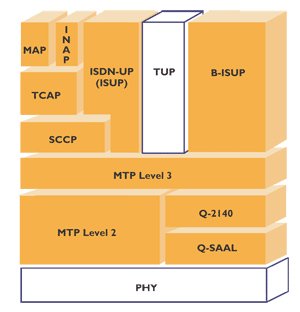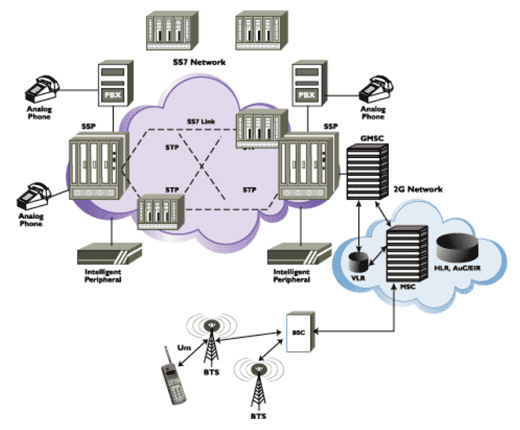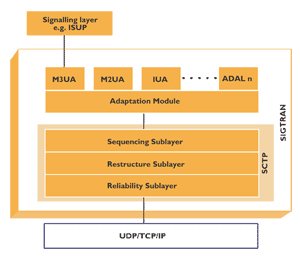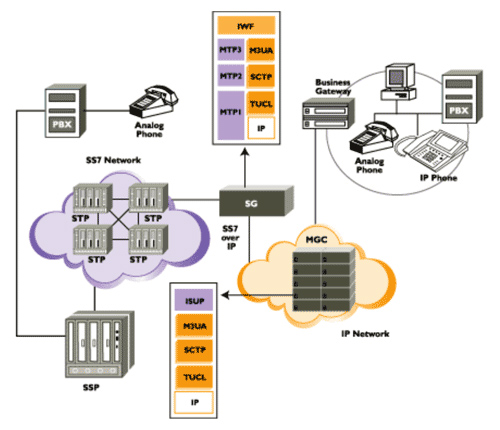SS7 / SIGTRAN
Trillium SS7 (Signaling System 7) software source code solutions enhance and extend the signaling capabilities of next-generation telecom network devices by enabling superior availability, performance and scalability.
SS7 is a suite of global telecommunications protocol standards that define the procedures by which network elements within the Public Switched Telephone Network (PSTN) exchange control information over digital signaling links for setting up, managing, and tearing down wireline and wireless calls.
Trillium SIGTRAN (Signaling Transport) SS7/IP software source code solutions enable seamless convergence and inter-working of PSTN and IP protocols under a unified architecture.
SIGTRAN is an Internet Engineering Task Force (IETF) standard for transporting message-based Public Switched Telephone Network (PSTN) Signaling System 7 (SS7) traffic over IP networks. The Trillium SIGTRAN software framework defines a modular structure that uses a common reliable transport protocol and allows the definition of adaptation modules for different PSTN control protocols.



